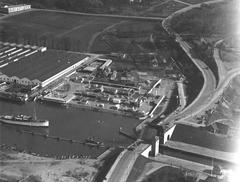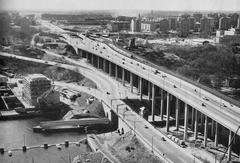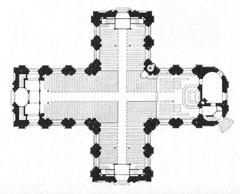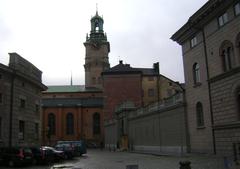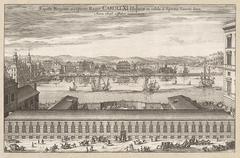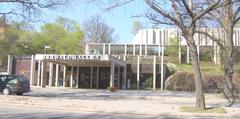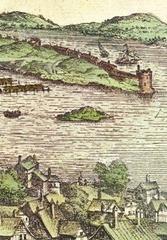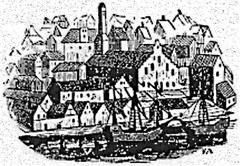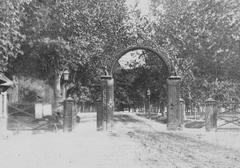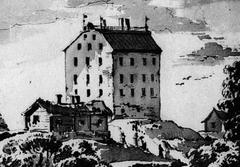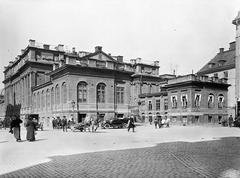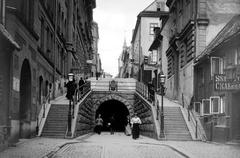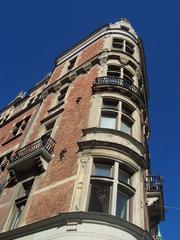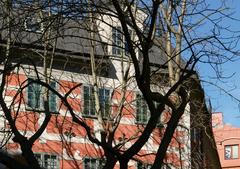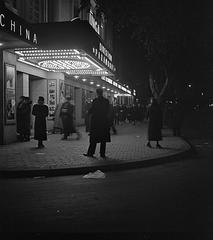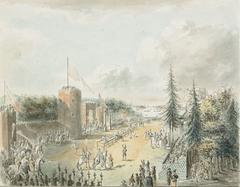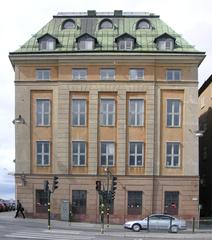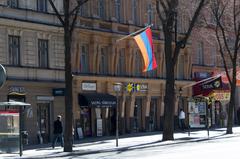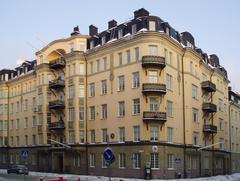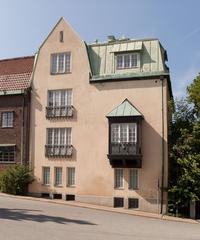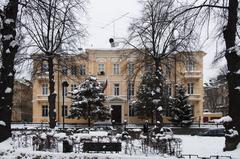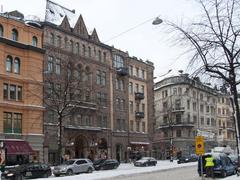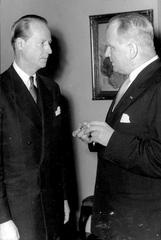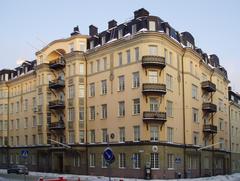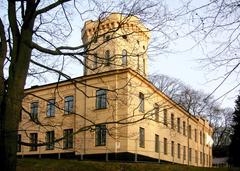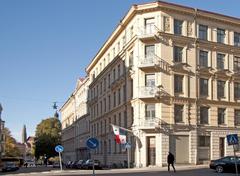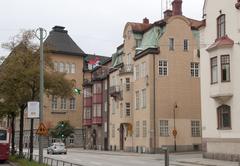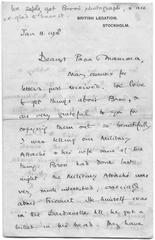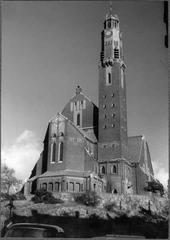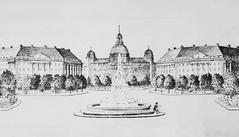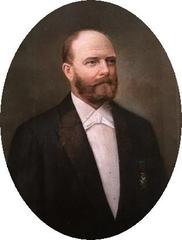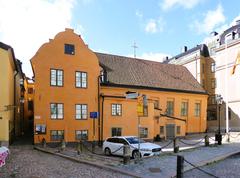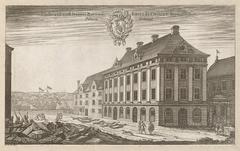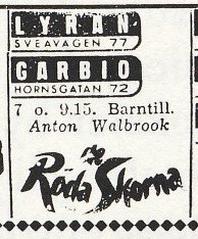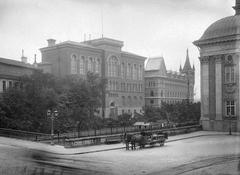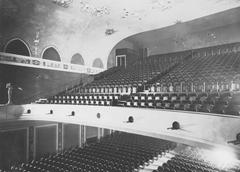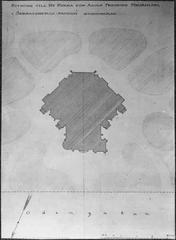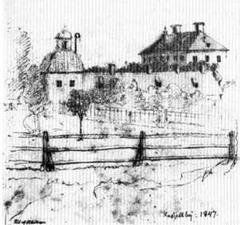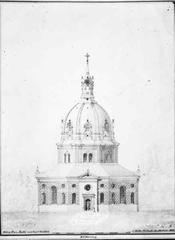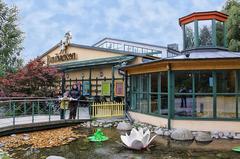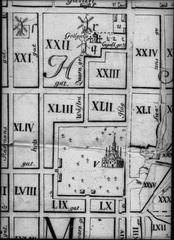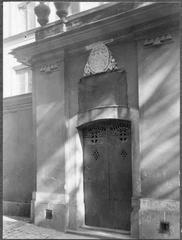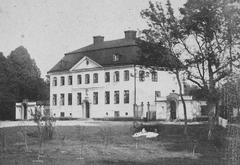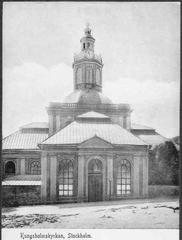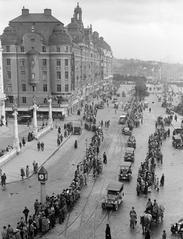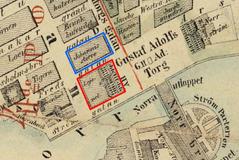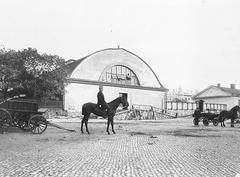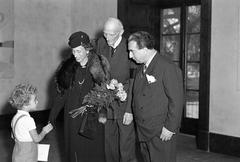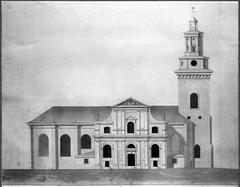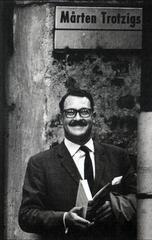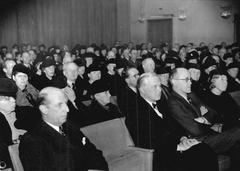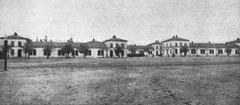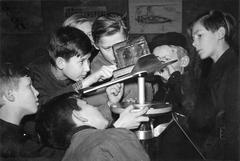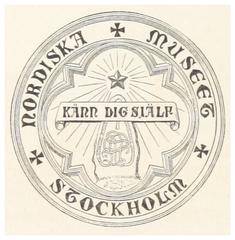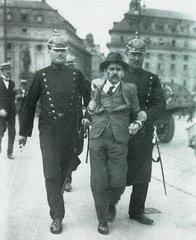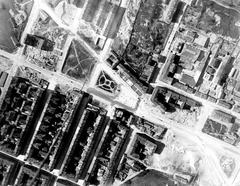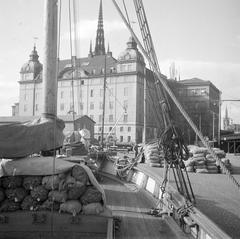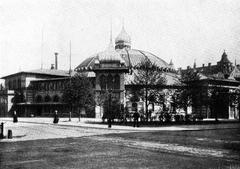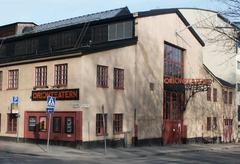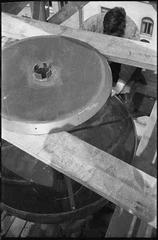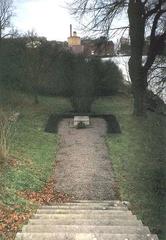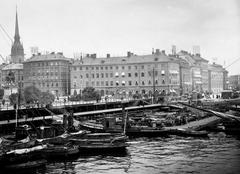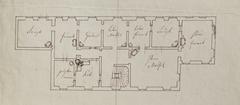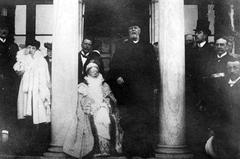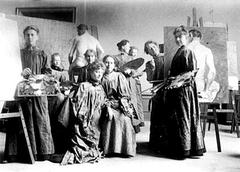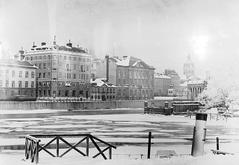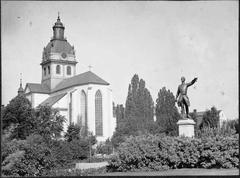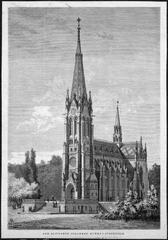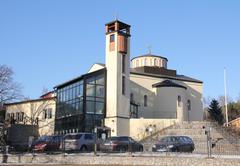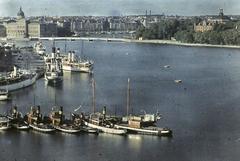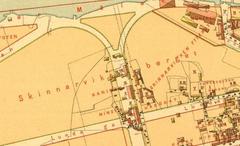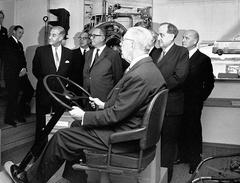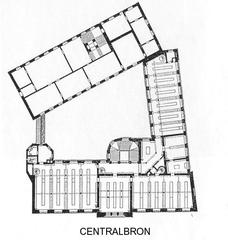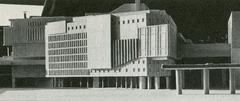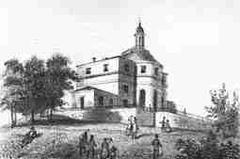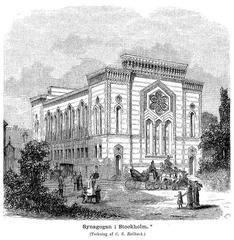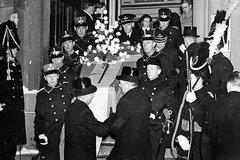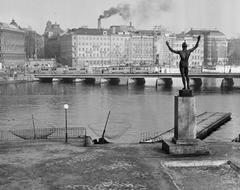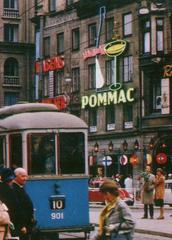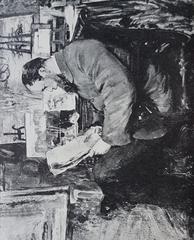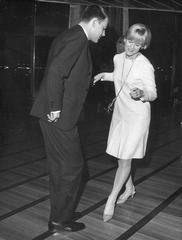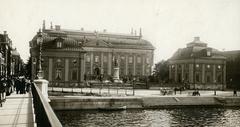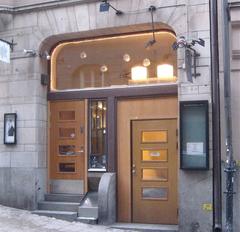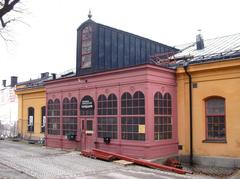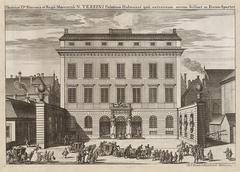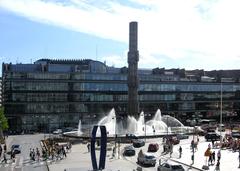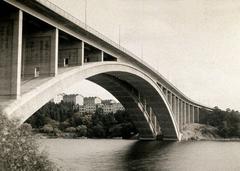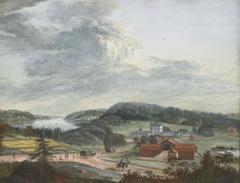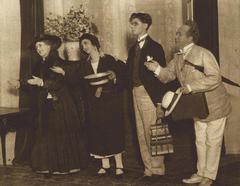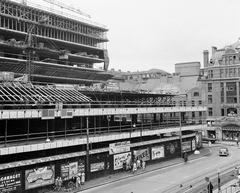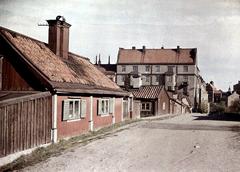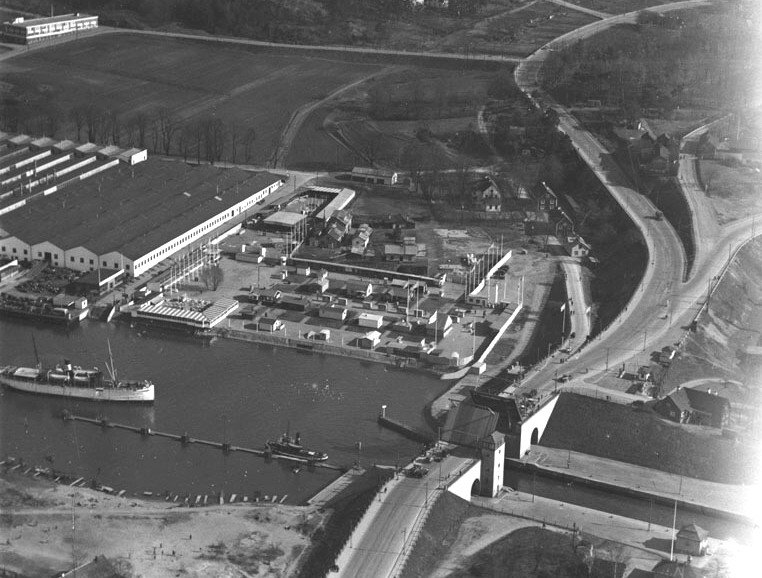
Visiting Johanneshovsbron: History, Significance, and Travel Tips
Date: 19/07/2024
Introduction
Johanneshovsbron, an essential infrastructure piece in Stockholm, Sweden, is more than just a bridge; it is a testament to the city’s rich history and continuous evolution. Connecting the southern district of Johanneshov to the rest of Stockholm, this bridge has played a significant role in shaping the city’s transportation network and urban development since its inauguration in 1984. Originally built to replace earlier structures dating back to the 17th century, Johanneshovsbron has seen multiple iterations, each reflecting the architectural and technological advancements of its time. Today, it stands as a symbol of modern Scandinavian design and Swedish engineering prowess, blending functionality with aesthetic minimalism. This comprehensive guide will delve into its historical significance, visitor information, travel tips, and nearby attractions, providing a holistic view of what makes Johanneshovsbron a must-visit landmark in Stockholm. For more details on the city’s infrastructure and historical sites, you can refer to the Stockholm Visitors Center.
Table of Contents
- Introduction
- History of Johanneshovsbron
- Visiting Johanneshovsbron
- Nearby Attractions
- Special Events and Guided Tours
- Photographic Spots
- FAQ
- Conclusion
History of Johanneshovsbron
Early Beginnings (17th - 19th Century)
The need for a bridge at this location was recognized as early as the 17th century. The burgeoning industries on Södermalm, particularly the ironworks and mills, demanded a reliable connection across the water. This led to the construction of the first Johanneshovsbron, a simple wooden structure, in 1644.
This initial bridge, while functional, was a far cry from the robust structure we see today. It served as a vital artery for the transport of goods and people, but its wooden construction meant constant upkeep and vulnerability to the elements.
The Age of Iron (Late 19th Century)
As Stockholm entered the industrial revolution, the limitations of the old wooden bridge became increasingly apparent. The city’s growth demanded a more robust and reliable connection. This led to the construction of a new iron bridge in 1887, marking a significant technological leap.
The iron bridge, designed by Carl Emanuel Dahrén, reflected the architectural trends of the time. Its sturdy construction allowed for heavier traffic and greater load-bearing capacity, accommodating the increasing industrial activity in the area.
A Changing Landscape (Early 20th Century)
The early 20th century brought about significant changes in Stockholm’s urban landscape. The tramway system was rapidly expanding, and Johanneshovsbron needed to adapt. In 1929, the bridge underwent a major renovation to accommodate the new tram tracks, further solidifying its role as a vital transportation link.
This period also saw the demolition of the old iron bridge’s decorative elements, a common practice at the time as cities prioritized functionality over ornamentation. The bridge’s appearance became more utilitarian, reflecting the changing aesthetic of the era.
The Modern Bridge (Late 20th Century - Present)
By the late 20th century, the bridge, once again, faced the need for modernization. Increased traffic and the need for improved pedestrian and bicycle access led to the construction of the current Johanneshovsbron, inaugurated in 1984.
This modern bridge, designed by architects Bengt Ahlqvist and Anders Nyren, boasts a sleek and functional design. Its wider lanes accommodate the increased traffic flow, while dedicated pedestrian and bicycle paths reflect the city’s commitment to sustainable transportation.
Visiting Johanneshovsbron
Ticket Prices and Opening Hours
Visiting Johanneshovsbron is free of charge as it is a public bridge. It is accessible 24/7, allowing visitors to enjoy its views and history at any time of the day.
Travel Tips and Accessibility
Johanneshovsbron is easily accessible by public transport. The nearest metro station is Gullmarsplan, which is a short walk from the bridge. The bridge is also accessible for pedestrians and cyclists, with dedicated paths ensuring a safe and pleasant visit.
Nearby Attractions
While visiting Johanneshovsbron, don’t miss out on nearby attractions such as the Ericsson Globe, a short walk away, and the beautiful parks of Södermalm. These spots offer additional historical and recreational experiences.
Special Events and Guided Tours
Although there are no regular guided tours specifically for Johanneshovsbron, it is often included in broader historical tours of Stockholm. Special events are occasionally held on or near the bridge, especially during city festivals.
Photographic Spots
Johanneshovsbron offers stunning views of Stockholm’s skyline and waterways, making it an excellent spot for photography. Early mornings and late afternoons provide the best lighting conditions for capturing the bridge and its surroundings.
FAQ
Q - Is Johanneshovsbron open to vehicles? A - Yes, Johanneshovsbron accommodates both vehicle traffic and pedestrians.
Q - Are there any guided tours available? A - While there are no regular guided tours specifically for Johanneshovsbron, it is often featured in broader historical tours of Stockholm.
Q - What is the best time to visit Johanneshovsbron? A - The bridge is accessible 24/7, but early mornings and late afternoons offer the best lighting for photography.
Conclusion
Johanneshovsbron is not just a bridge but a vital component of Stockholm’s urban landscape, reflecting centuries of architectural and technological advancements. From its early wooden construction in the 17th century to its modern incarnation designed by Bengt Ahlqvist and Anders Nyren, the bridge has continuously adapted to meet the city’s evolving needs. Today, it serves as a crucial link in Stockholm’s transportation network, facilitating the flow of thousands of vehicles, pedestrians, and cyclists every day. Its strategic location near attractions like the Ericsson Globe and Södermalm’s parks makes it an ideal spot for both locals and tourists. Whether you’re interested in its historical significance or simply looking for a picturesque spot to take in the views of Stockholm, Johanneshovsbron offers something for everyone. For those planning a visit, the bridge is accessible 24/7 and free of charge, making it a convenient and budget-friendly destination. For more insights and updates on Stockholm’s attractions, don’t forget to check out our related posts and follow us on social media.
